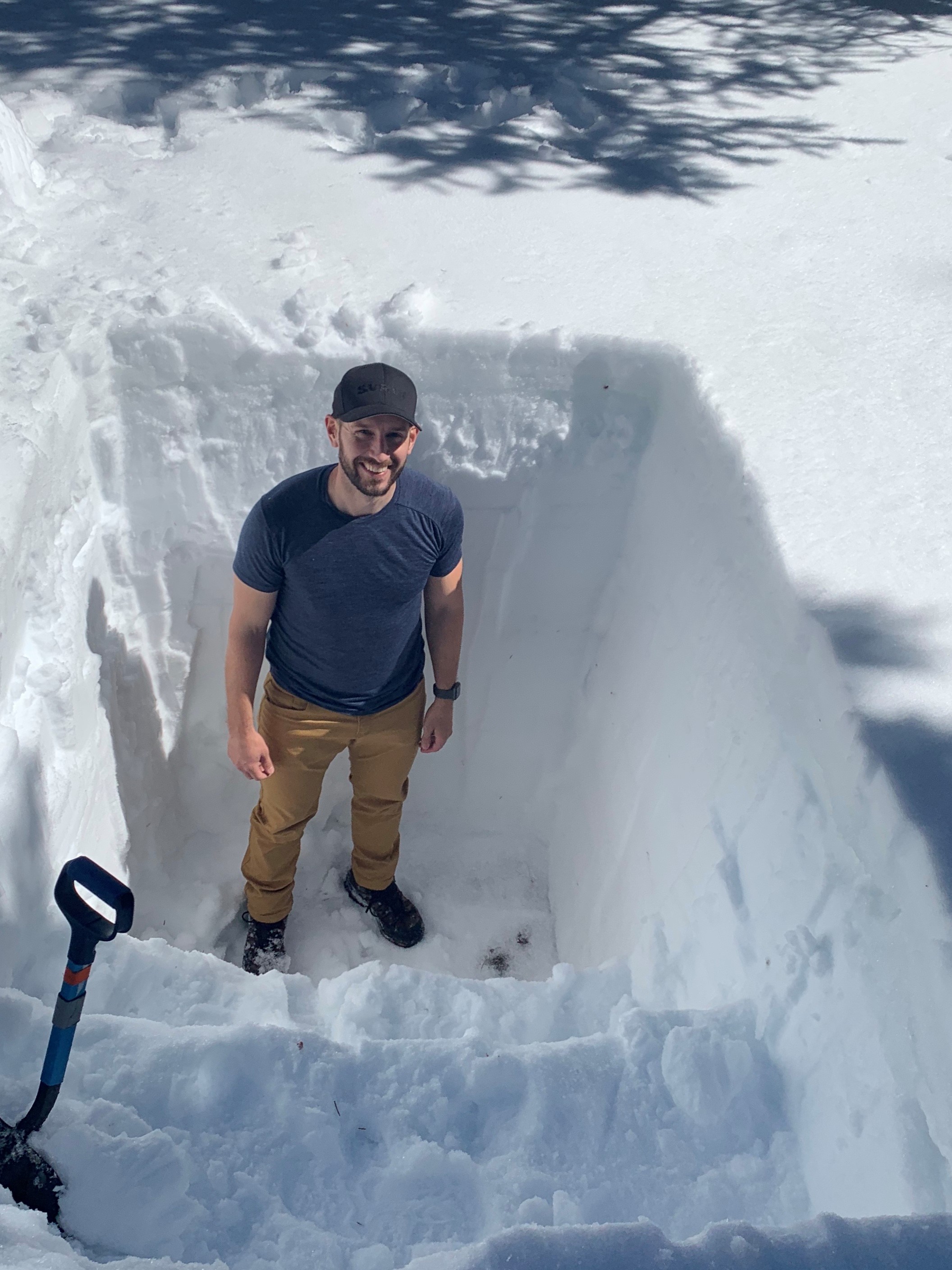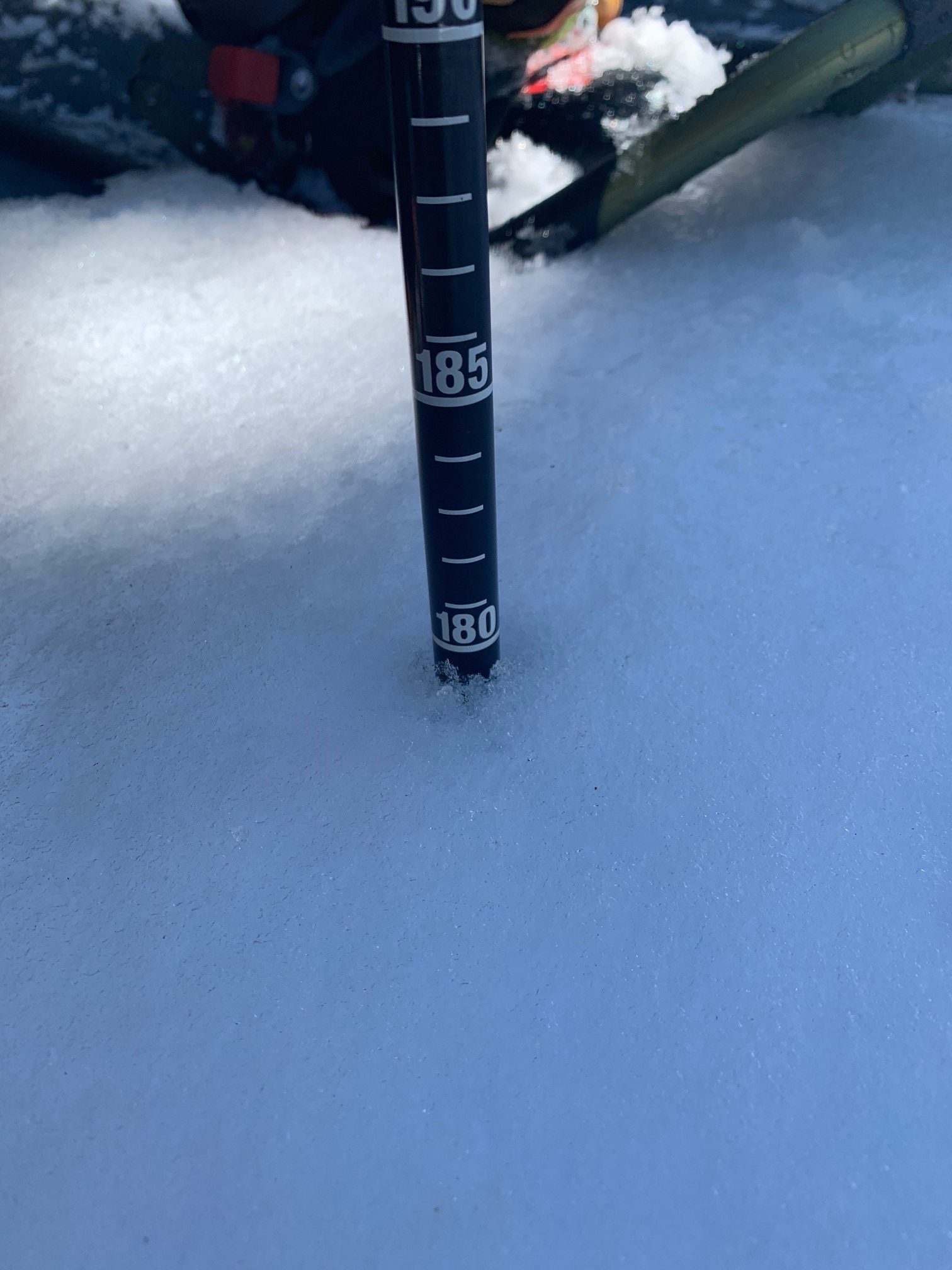
Spring storms bolster snowpack and delay runoff
There’s no doubt the 2019 snowpack is very, very different from what it was a year ago.
By this day a year ago, May 22, 2018, the snow in Denver Water’s South Platte River collection system had completely melted away and filled the streams with runoff.
This year, a series of spring storms have continued to dump snow on Colorado’s high country, refreshing the surface of the snowpack, covering exposed dust layers and delaying the seasonal snowpack melt.
And this year, Denver Water’s South Platte River collection system, the area that was bare at this point last year, currently has 12 inches of water packed into the snow. That’s more than double the 5 inches of water that’s typically found in the snow on this date, according to Nathan Elder, Denver Water’s manager of water supply.
Normally by this time of year, half the snowpack has melted away. This year only about 15% has melted.
“This is one of the best snowpacks we have seen at this time of year in more than 20 years. It’s still early in the runoff season, and the weather in coming weeks will affect how quickly or slowly the snowpack melts, but Denver Water does expect to fill its reservoirs due to this big snowpack we’ve received this season,” Elder said.
As of May 21, Denver Water’s reservoirs stood at 76% full. Typically, this is the time of year when the reservoirs are at 85% full and starting to fill with melted snow.
In mid-April, Elder got a firsthand look at this year’s snowpack — the natural, frozen reservoir that supplies Denver’s water — when he and Jeff Deems, a research scientist with the National Snow and Ice Data Center in Boulder, snowshoed about a mile off a road in Denver Water’s watershed above Keystone.
The day’s goal: To gauge the snow’s temperature, depth, density and how much water it contained.
Among the equipment they carried was a notebook for recording data, a probe to collect samples, a small scale and a shovel.
“It was one of the hardest days at work that I’ve had in a long time,” Elder recalled.
“The snow was dense and heavy, so heavy we almost broke the shovel. Shoveling snow in Denver isn’t the same as shoveling snow in the mountains, anyone who lives in any of the ski towns would be able to verify that,” said Elder, who typically works at Denver Water’s main operations complex near downtown.
After snowshoeing off the road, the two men dug a snow pit 180 centimeters deep, or nearly 6 feet. They looked for layers of dust threading through the layers of white snow. The darker, heat-absorbing layer is a sign that the melting will quicken its pace when the sun’s rays hit it. And they took temperature readings from the top to the bottom of the pit.
“The temperature tells you whether or not the snowpack is ready to start melting, which is important to help determine the timing of the runoff — how soon we think the snow will melt,” Elder said.
The information Elder and Deems collected that mid-April day also will be compared with readings gathered the same day by sophisticated equipment loaded onto a plane flying some 20,000 feet over the Blue River Basin, an area that covers 335 square miles.


